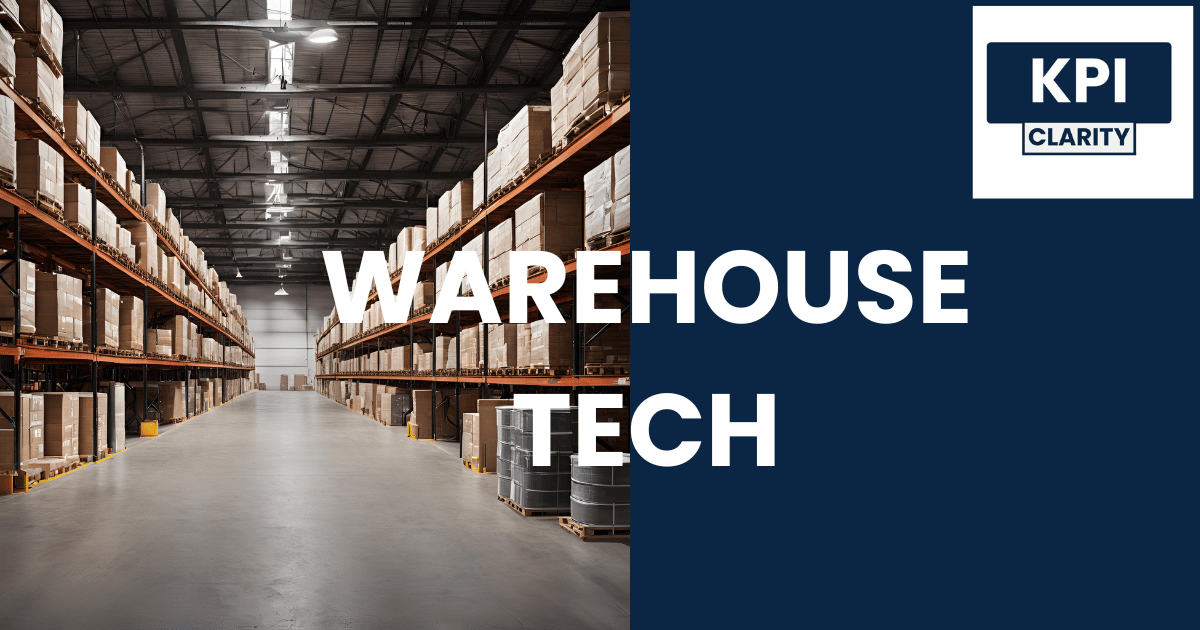- KPI CLARITY
- Posts
- 10 Essential KPIs for Warehouse Robotics Success
10 Essential KPIs for Warehouse Robotics Success

Today, we're diving into the 10 most crucial Key Performance Indicators (KPIs) for warehouse robotics.
1. Utilization Rate
Percentage of time robots are actively working versus being idle.
Example benchmark: 85% utilization rate
Key driver: Scheduling efficiency and task assignment algorithms
2. Order Accuracy
Percentage of orders correctly picked and packed by robots.
Example benchmark: 99.5% accuracy rate
Key driver: Precision of robotic picking systems and quality of inventory data
Best practice: Regular calibration of picking systems and real-time inventory updates
3. Throughput
Number of orders processed per hour by robots.
Example benchmark:: 200 orders per hour
Key driver: Speed and efficiency of robots, the layout of the warehouse
Best practice: Optimize warehouse layout for robotic operations
4. Maintenance Downtime
Hours of downtime due to robot maintenance.
Example benchmark: Less than 10 hours per month
Key driver: Quality of preventive maintenance programs and reliability of robotics hardware
Best practice: Implement predictive maintenance using IoT sensors
5. Battery Efficiency
Average operational time per battery charge.
Example benchmark: 8 hours of operation per charge
Key driver: Battery technology and power management systems
Best practice: Invest in the latest battery technology and optimize charging schedules
6. Labor Cost Reduction
Percentage reduction in labor costs due to robotic automation.
Example benchmark: 30% reduction
Key driver: Extent of automation and reduction in manual labor requirements
Best practice: Continuously identify tasks for automation while reskilling the human workforce
7. Error Rate
Number of errors per 1,000 orders processed.
Example benchmark: Less than 5 errors per 1,000 orders
Key driver: Calibration of robots and accuracy of input data
Best practice: Implement regular quality checks and data validation processes
8. ROI on Robotics Investment
Return on investment for robotics technology.
Example benchmark 20% ROI within the first year
Key driver: Initial cost of robots, operational savings, and efficiency gains
Best practice: Conduct a thorough cost-benefit analysis before implementation
9. Robot Deployment Time
Average time taken to deploy and integrate new robots.
Example benchmark 2 weeks from delivery to operational status
Key driver: Complexity of integration and training required for new systems
Best practice: Develop standardized deployment protocols and train dedicated integration teams
10. Customer Satisfaction
Customer satisfaction score related to order fulfillment.
Example benchmark: 90% satisfaction rate
Key driver: Speed and accuracy of order fulfillment, reliability of service
Best practice: Regularly survey customers and act on feedback
Case Study: Amazon's Robotic Fulfillment Centers
Action Steps:
1. Implement systems to track these 10 KPIs consistently
2. Benchmark your performance against industry standards
3. Identify your two weakest metrics and create improvement plans
4. Share these metrics with your team to create a data-driven culture
What's your biggest challenge in implementing or improving warehouse robotics?
Happy Building!
Share this with a business owner who you think will find it valuable.
Got questions? email: [email protected]
